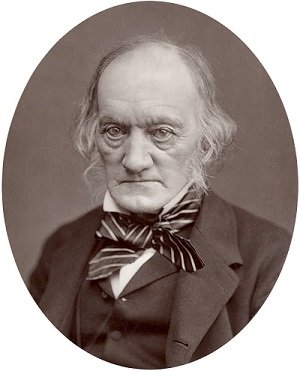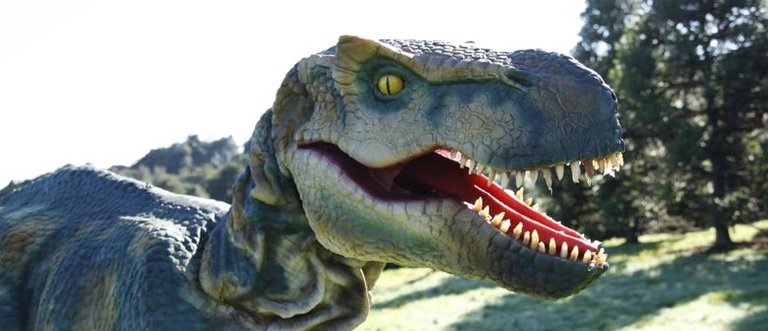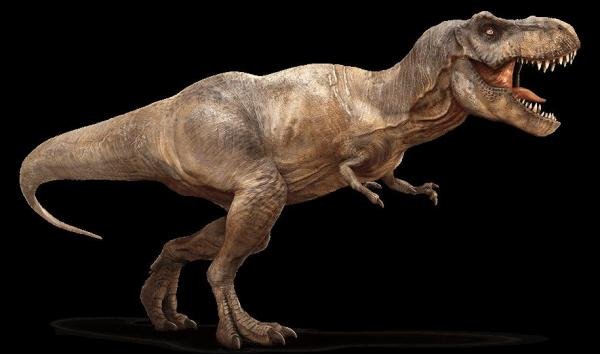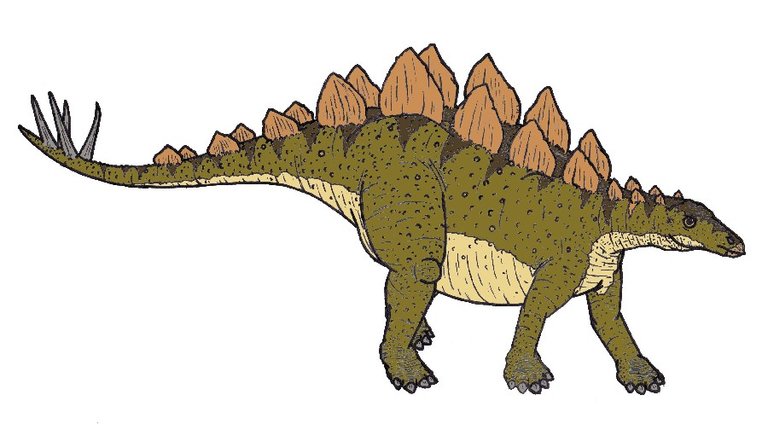The word dinosaur means "horrible lizard". Dinosaurs are one group of lizards or reptiles living in the Mesozoic.
Mesozoic means "middle life" - is the second of the three geological eras of the Phanerozoic eon, which came after the Paleozoic and replaced by the Cenozoic era. The Mesozoic era lasted 186 million years.
The term "dinosaur" was introduced in 1842 by the English biologist Richard Owen to describe the first petrified remains of ancient lizards that astonished the imagination of scientists by their size.
Sir Richard Owen (1804 – 1892) - was an English biologist, paleontologist and comparative anatomist. In 1888 he was awarded an honorary Medal of Karl Linnaeus for the continuation of Linnaean traditions in modern biology.
image source
The range of differences between dinosaurs is very large. They could be of size from a cat or a chicken, and could reach the size of huge whales. Some of them moved on four limbs, while others ran on their hind legs. Among them were smart hunters and bloodthirsty predators, but there were also harmless herbivorous animals. One of the most important features that is characteristic of all their species - all the dinosaurs were terrestrial animals. Their limbs were located below the body, not on the sides, as in most reptiles. Therefore, dinosaurs can also be called running lizards.
As already mentioned, dinosaurs had different sizes and structure of the body. Therefore, of course, the size of the head and brain also varied. In the carnivorous dinosaur, the brain was quite large, almost the same as in mammals or birds. The recesses of the cranial cavity indicate that the brain areas responsible for vision, sense of smell, or complex movements such as balancing, touching and grasping functions were fairly well expressed and reaching large sizes.
The smallest brain compared with body size was in the armored and barbed dinosaurs. For example, Stegosaurus was the size of an elephant and had a brain of walnut. Was that enough? In the femoral area of the spine was another, a larger cavity for the nerve center. Perhaps this thickening of the spinal cord was the second brain, according to some researchers? Certainly not. It was just an ordinary center for managing the nerve pathways of the back of the body and tail. In most vertebrate animals with long tails, the spinal cord has a noticeable thickening in this place. And the Stegosaurus tail was not just a huge, longest body, but also fulfilled a vital function - served as an instrument of protection. In order to be able precisely control all the muscles of the tail in a targeted attack, a sufficiently developed nervous system was needed at the beginning of the tail. However, the real brain is only that which is enclosed in the skull. And probably, a dinosaur that carelessly grazes under the protection of its terrible spikes, such a brain was quite enough, because the prickly dinosaurs lasted many millions of years.
More than a century ago, the American paleontologist Marsh, who first explored the complete skeleton of the giant dinosaur, noted with surprise: "Very small size of the head and brain say that the dinosaur was meaningless and slow animal..."
Such an opinion is so entrenched that even in everyday life the word “dinosaur” became synonymous with antiquity and stupidity.
References:




